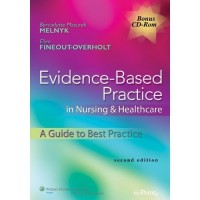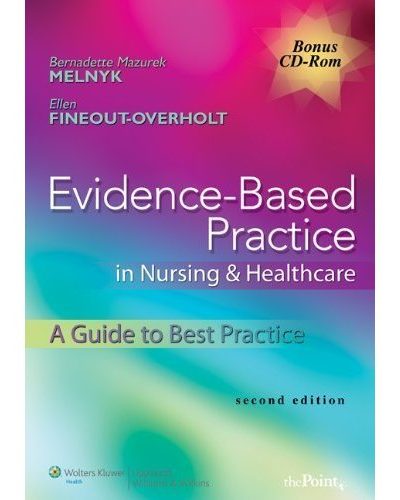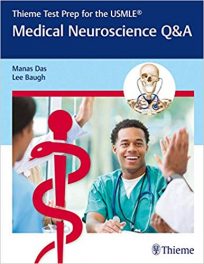 Authors: Bernadette Mazurek Melnyk and Ellen Fineout-Overholt
Authors: Bernadette Mazurek Melnyk and Ellen Fineout-Overholt
Publisher: Wolters Kluwer | Lippincott Williams & Wilkins
Book Review by: Nano Khilnani
Evidence is what adds value to almost every statement in daily conversation and justifies almost every action.
Reporters and news writers learn early on in their college courses that without evidence (facts, numbers, quotes from people, etc.) a news story is worth nothing. (Sadly, I read much in news sections what rightfully belongs in the editorial and op-ed pages).
Lawyers know that without evidence, their cases are worthless. Similarly doctors, nurses and other healthcare providers know that unless a particular treatment has been proven to provide relief, they would be cautioned not to use it and take chances with their patients’ lives.
This 600-page book edited by Bernadette Mazurek Melnyk and Ellen Fineout-Overholt, with contributions from 33 experts, lays out the major processes involved in utilizing evidence-based practice or EBP, which is growing as a new standard of care at hospitals and clinics.
Ms. Melnyk is Dean of the College of Nursing at Ohio State University. Ms. Fineout-Overholt is a Clinical Professor at the College of Nursing and Health Innovation, and is Director of the Center for Advancement of Evidence-Based Practice at Arizona State University.
The editors desire that research findings be translated into care at an accelerated pace. They lament that it takes an average of 17 years to move research findings into practice at many healthcare institutions – hospitals, clinics, medical offices – in the United States and around the globe.
It’s their hope that this second edition of their book will provide the latest practical strategies and models, along with core foundational knowledge, to help doctors, nurses and others to provide evidence-based care to their patients, and encourage them to use it more widely and frequently.
This book is organized very well for your ease of use. It contains six parts or units and 20 chapters that detail the steps in maximizing the benefits from EBP.
Essentially, the outline of the book in its contents page shows you how to get started, critically appraise the available evidence, move from evidence to action, create and sustain a culture for EBP, disseminate evidence and EBP-based implementation outcomes, and finally, generate external evidence.
Each chapter provides you with information on specific aspects of providing evidence-based care to your patients. For example, in Unit One entitled Getting Started, the three chapters respectively deal with: making the case for evidence-based practice and developing a spirit of inquiry; asking compelling clinical questions; and finding relevant evidence to answer clinical questions.
The material in each chapter is laid out very well for you to absorb the knowledge quickly and thoroughly. A typical chapter contains the following components. For example, Chapter 1 has:
- Chapter title and bylines
- Bullet points on three cases: head injury, Alzheimer’s disease, and colon cancer
- Topics of knowledge and inquiry
- Figures and charts (e.g. Figure 1.1 in this chapter presents three components of EBP)
- Boxes with formulas, etc. (e.g. Box 1.1: Level of evidence + Quality of evidence = Strength of evidence, leading to confidence to act on evidence and change practice.
- Subtopics within a topic
- Mini-boxes with snippets of information and references to additional information
- Inspirational and useful sayings by people highlighted throughout the book
- Reference section for further reading. Numerous other books and materials are cited.
There are 14 useful appendices (Appendix A to N) at the end of this book, followed by a Glossary of terms for looking up and learning their meaning, and an Index that can take you quickly to the topic of your inquiry.
All in all, this is a very well-researched, organized and laid out, useful and helpful book on the new and as-yet not quite widely used process of evidence-based practice in healthcare.
In that respect, Ms. Melnyk and Ms. Fineout-Overholt are pioneers in this field. I highly commend and compliment them for their efforts in spreading knowledge on EBP, which is elevating the level and improving the quality of healthcare. They have done a superb job and we applaud them for this outstanding work.







